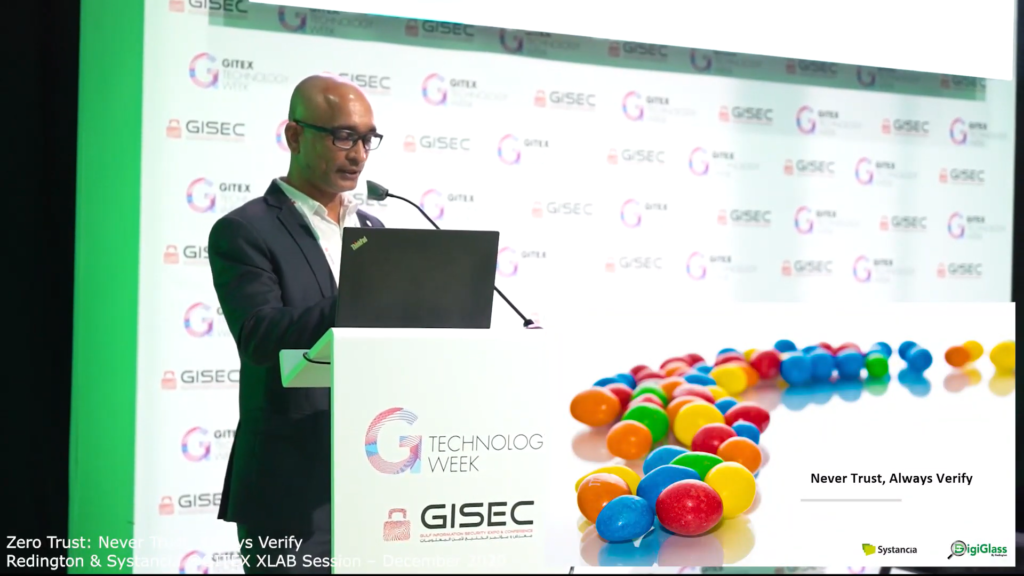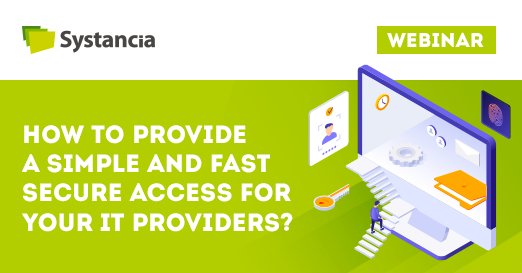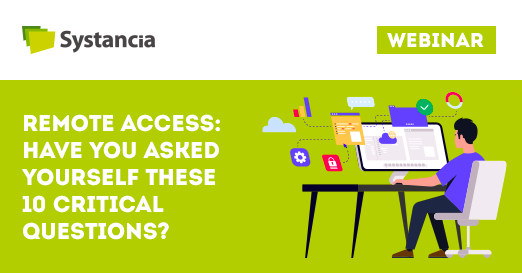
Since the first lockdown, companies’ practices in terms of remote access have significantly evolved. It is now essential for organizations to make telework sustainable and institutionalized. While most organizations have implemented dedicated telework solutions and processes, many of them still do not have a real long-term telework strategy, which must combine ergonomics and security of remote access in any situation.
A key issue for organizations
The sustainability of teleworking has become a real issue for organizations, as teleworking has become more popular in 2020 and is now a practice that is likely to last well beyond the health crisis. Employees and companies alike have discovered the many benefits of teleworking during this tumultuous year and will not go backwards the day the pandemic will be finally behind us. For companies, the prospect of new isolated events such as public transport strikes or bad weather, but also the need to avoid another major event, such as a new pandemic, are strong arguments for the sustainability of telework. The challenge for companies is to avoid the situation they faced in March 2020, when they were forced to make decisions under pressure.
The sustainability of telework is also an important factor in retaining current employees and attracting future ones. For many job seekers, teleworking has become one of the criteria for choosing one company over another. For current employees, the goal is to maintain this better work/life balance that they have achieved when working from home by eliminating the time spent commuting.
In some situations, teleworking is a solution to keep employees in the company, for example when an employee with a new life plan decides to move to a different region than where the company is located. Instead of having to leave the company because of the impossibility of teleworking, the company can choose to allow the employee to telework full time, in order to continue to benefit from the skills and knowledge of the employees, who are among the most valuable resources of the company.
The sustainability of telework relies on its security
Securing telework is the sine qua non for its sustainability. Teleworking facilitates cyber attacks. The number of cyber attacks in the first semester of 2020 is estimated to be 151% higher than in the same period the year before. When we know the devastation that a successful cyber attack can cause, the deployment of secure remote access solutions becomes a priority for the very survival of the company.
Today, many companies still use VPNs to allow their employees to access the information system from home. This presents a significant risk for organizations as this technology is no longer adapted to the cloud, mobility and current teleworking issues (crises, access of external providers, BYOD policies, etc.). To sustain telework, companies should choose ZTNAZero Trust Network Access. The ZTNA is a name describing products that apply a "Zero Trust", or lesser privilege, policy in the area of external access. The objective is to... More (Zero Trust Network Access) which, unlike VPNVirtual Private Network. VPN is a technology that simulates a local area network between two trusted networks. In practice this allows two elements (workstations, servers, printers, etc.) to communicate with... More, offers a security model that aims to trust no one by default, by managing access authorization at the application level and not at the network access level. The ZTNA thus allows the implementation of the least privilege principle, which is essential to the global security of the information system. However, to be accepted by employees, telework solutions must also be ergonomic and easy to use. Systancia’s ZTNA solution, available as a cloud service (Systancia Workroom Session) or as a software product (Systancia Gate), meets this requirement by allowing to secure teleworking even from personal computers (BYOD/BYOPC), as well as by integrating a double authenticationPrimary or secondary authentication Authentication allows a user to guarantee his or her identity before accessing a resource or service. Primary authentication will give user access to the workstation (Windows... More mechanism or by allowing secure connections to selected resources and applications of the information system without the need to deploy an agent on the user’s workstation.





